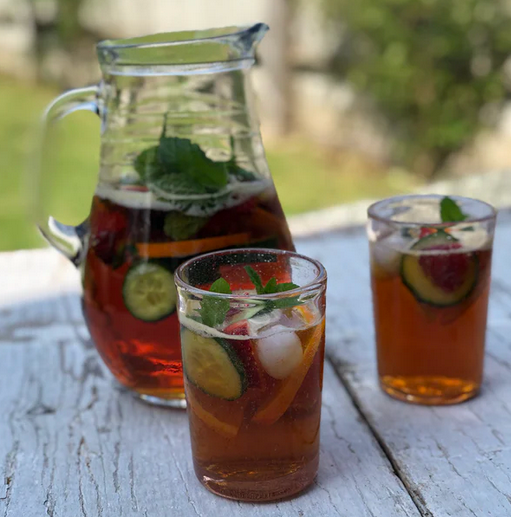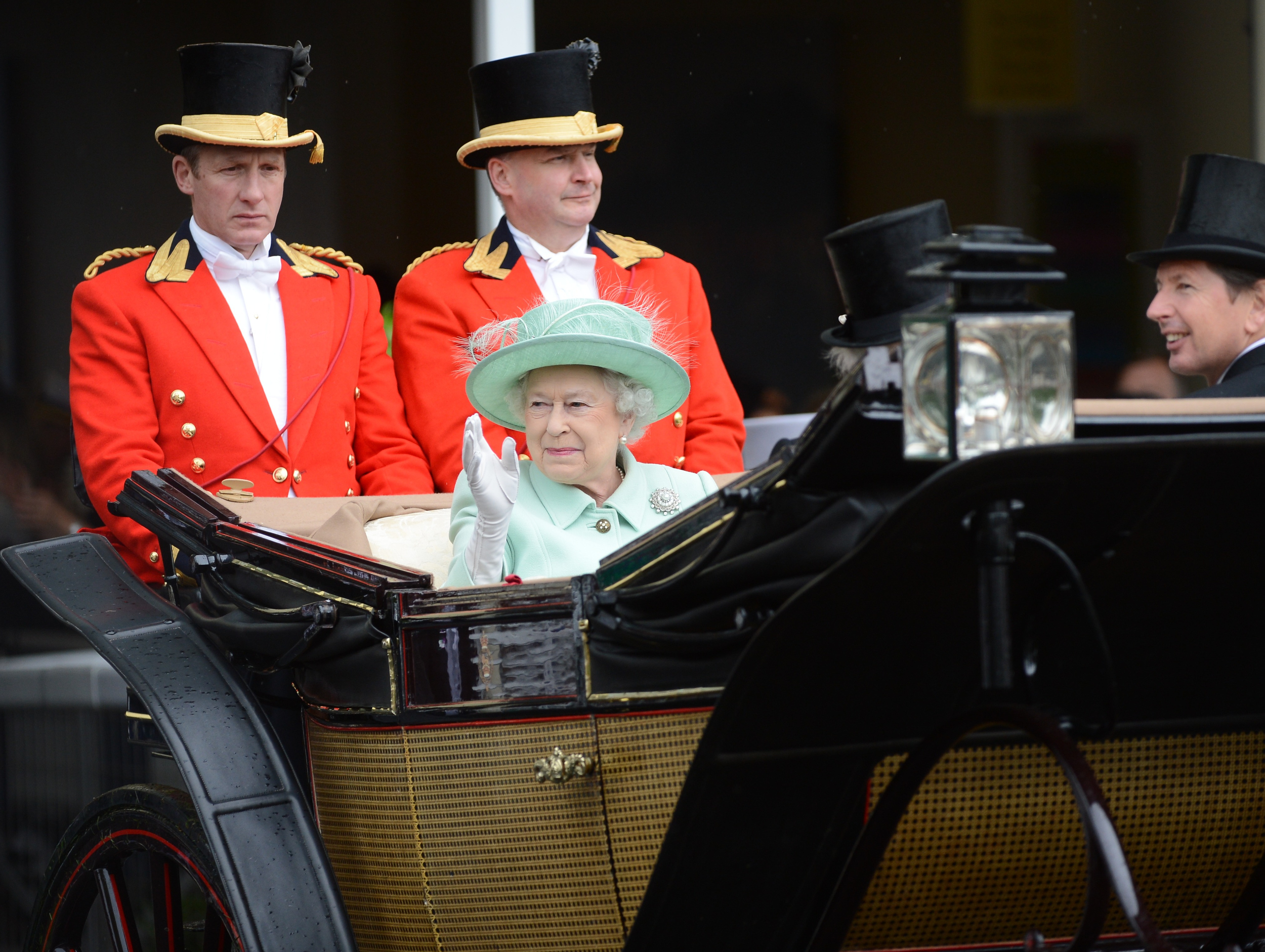
Celebrate Royal Ascot
Royal Ascot is a national institution. However, have you ever wondered about its origins?
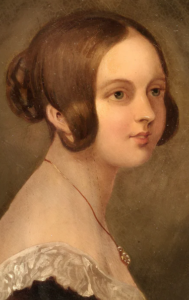 It all began way back in 1711, when Queen Anne wanted to find somewhere for her “horses to gallop at full stretch”. She saw the potential for a race-course at East Cote and so the tradition was born.
It all began way back in 1711, when Queen Anne wanted to find somewhere for her “horses to gallop at full stretch”. She saw the potential for a race-course at East Cote and so the tradition was born.
The ceremonial guard for the monarch was formed of Greencoats in 1744 and it was rumoured at the time that their lavish green velvet uniforms were made from left over curtain material from Windsor Castle.
By 1752, attending the races at Ascot had gained huge popularity and other attractions were put on for onlooker’s amusement, such as cock fighting, ladies on stilts, gaming tents, jugglers and freak shows. Many of these shows are no longer acceptable now.
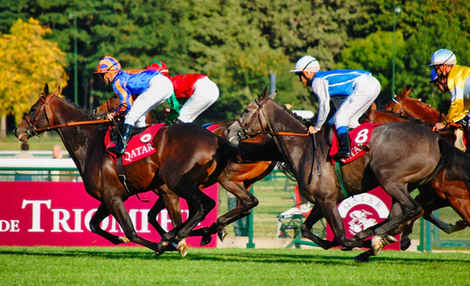
Up until that time jockeys had been able to wear whatever clothes they chose when racing, but this made it increasingly difficult for spectators to pin-point the winner. In 1783 each jockey was instructed to wear the colours of their horses’ owners. Many of these colours are so distinctive that you can recognise the owner immediately. One of the first owners that had recognisable colours was the late Robert Sangster with his famous emerald green jacket with blue sleeves.
There are actually 18 colours to select from and this gives countless options.
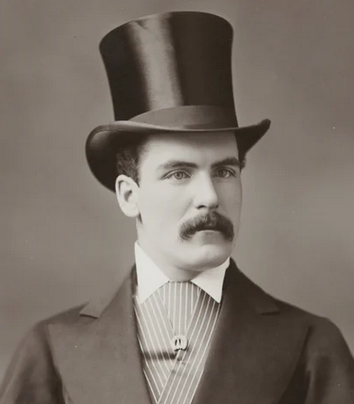 Men in the Royal Enclosure hat to wear top hats, which were popular with men of all social classes, but later developed to symbolise only the rich and powerful. Sadly now, silk top hats made from the original “Hatters Plush” are extremely rare, there are no looms left capable of producing this fabric any longer. Vintage top hats in good condition are now in great demand and, as people’s heads were smaller in the nineteenth century, larger sized hats are extremely valuable.
Men in the Royal Enclosure hat to wear top hats, which were popular with men of all social classes, but later developed to symbolise only the rich and powerful. Sadly now, silk top hats made from the original “Hatters Plush” are extremely rare, there are no looms left capable of producing this fabric any longer. Vintage top hats in good condition are now in great demand and, as people’s heads were smaller in the nineteenth century, larger sized hats are extremely valuable.
A smart dress code for visitors was introduced around the beginning of the nineteenth century when it was decreed that men of elegance should wear waisted black coats, white cravats and pantaloons. Beau Brummel, a close friend of the Prince Regent was responsible for this, and he rejected overly ornate dress for subtle understated elegance. His ideas about dress have evolved into the suits and ties worn by men today. It is said that he took five hours a day to dress and had his boots polished with champagne!
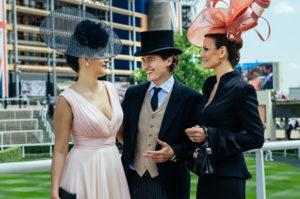 In 1807, what is now known as Royal Ascot was starting to take place, with the oldest surviving race The Gold Cup. The winners today still receive a gold trophy which they get to keep. Gold cup day began to be known colloquially as “Ladies Day”
In 1807, what is now known as Royal Ascot was starting to take place, with the oldest surviving race The Gold Cup. The winners today still receive a gold trophy which they get to keep. Gold cup day began to be known colloquially as “Ladies Day”
Ascot was made a racecourse for the public in 1813 and a Royal Enclose was constructed shortly afterwards. To this day, entrance to the Royal Enclosure is by invitation only. The jockeys now-a-days are all highly skilled athletes but back in the nineteenth century there were very few rules regarding who was eligible to ride and race at Ascot. In 1840 a horse was ridden by an 11 year old boy, who admitted that he had never raced before!
In 1873 a young rider emerged as a riding phenomenon, winning his first race at Ascot. His name was Fred Archer and he went on to win a further 80 times over the next 14 years.
Winston Churchill was appointed the very first official representative of the monarchy in 1901 and he took charge of visitors by personally vetting the attendance applications for the Royal Enclosure. It is rumoured that he sorted the letters into three baskets marked “Certainly”, “Perhaps” and “Certainly Not”!
Today the track at Ascot is treated as sacred ground and is highly manicured but up until 1920 a huge flock of sheep were allowed to graze on it, compromising of around 400 in number.
You may never have heard of Helen Vernet, but in her own way she was quite a pioneer for women’s rights around the time of the first world war. Up until then all the bookmakers at Ascot were male, but Helen Vernet was seen as “Fit and Proper” to hold a bookmaker’s licence, so she goes down in history as the first female pundit.
During the 1950’s stewards at Ascot began donning bowler hats which make them a charming and endearing sight. In 1955 the rules were relaxed to allow divorced people to attend the Royal Enclosure, something which was forbidden beforehand. During the 1970’s a modern tradition began where each evening the band strikes up, playing traditional British classics like Rule Britannia and Jerusalem, and giving thousands of racegoers a chance to sing along.
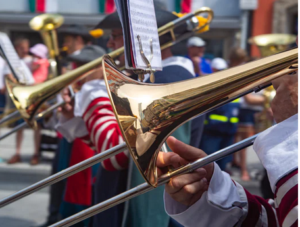
The legendary Lester Piggott, the most successful jockey in Royal Ascot history, raced 116 times between 1952 and 1993, winning 11 gold cups. Frankie Dettori has also thrilled spectators at Ascot when in 1996 he won all 7 races on the card! He now has a statue in his honour to commemorate this.
The car parks here are not simply places to park your car, they are also the place where lavish picnics take place. You can often see butlers serving and even candelabras in the car park. The parking spaces in Ascot’s car park number 1 are so sought after that many people have their name on a waiting list for years!
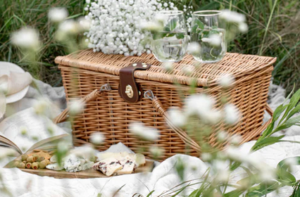
Her Majesty Queen Elizabeth has never missed a Royal Meeting since she took the throne in 1952 and has owned 22 winners of races during Royal Ascot. Her horse Estimate, won the Gold Cup in 2013, the first time in the races 207-year history that a reigning monarch has won. Estimate was ridden by Ryan Moore who is known as one of the finest race-riders in the world. He has ridden 36 Royal Ascot winners so far.
So, whether you are fortunate enough to attend Royal Ascot this year, or prefer to celebrate it at home, its nice to have a bit of background knowledge about this legendary British pastime.
